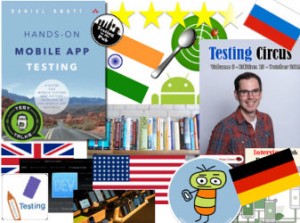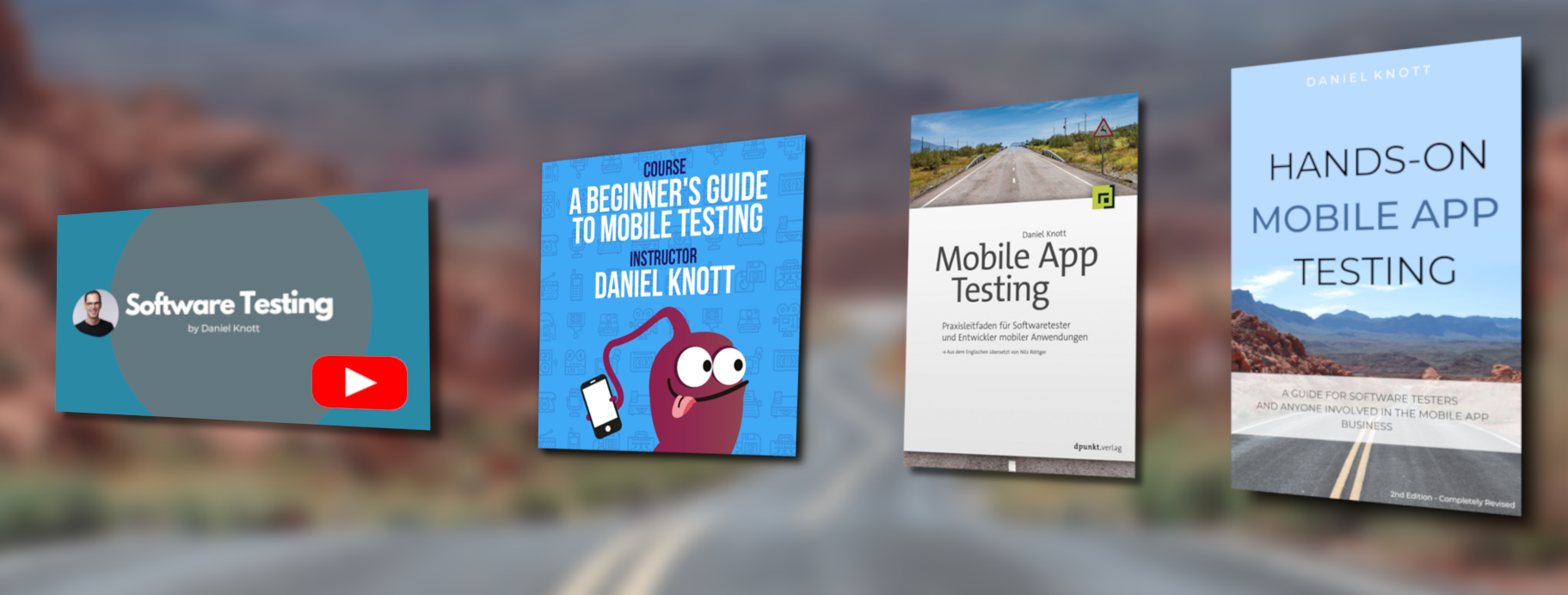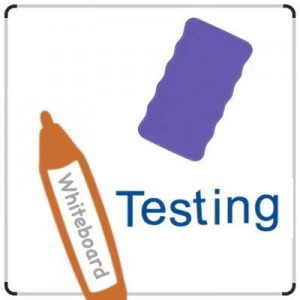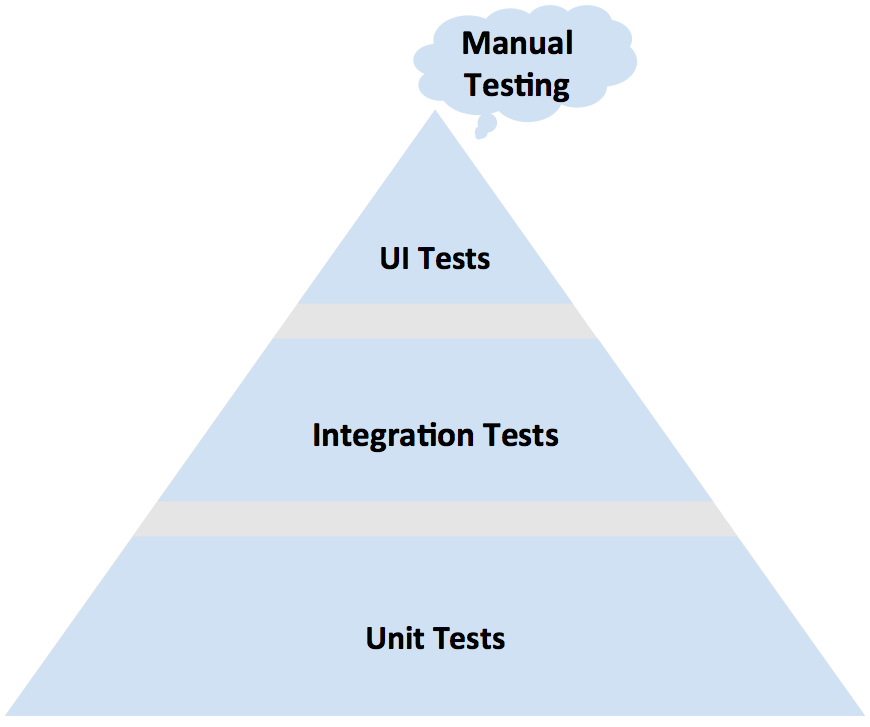 Since 2011 it’s a tradition for me to post a blog review of my blog to give you as my readers some insights. The year 2015 was again a very exciting year for me and the blog. One thing was my absolute highlight this year. It was the release of my book “Hands-On Mobile App Testing” in the printed edition by Addison-Wesley. When I released the book in 2014 on leanpub, I never expected that a book publishing company will ever print my book and this makes me really proud :). But today is not about my book, it’s about my blog which helped me to shape my knowledge in the software testing industry and which led me to write a book at all.
Since 2011 it’s a tradition for me to post a blog review of my blog to give you as my readers some insights. The year 2015 was again a very exciting year for me and the blog. One thing was my absolute highlight this year. It was the release of my book “Hands-On Mobile App Testing” in the printed edition by Addison-Wesley. When I released the book in 2014 on leanpub, I never expected that a book publishing company will ever print my book and this makes me really proud :). But today is not about my book, it’s about my blog which helped me to shape my knowledge in the software testing industry and which led me to write a book at all.
Before I go into details, I want to say thank you to all of my readers. Thanks for checking my blog from time to time and to read the content that I am producing. The feedback I got in the last year was just great and feels really good. It made me proud to see that the numbers of unique users, page impressions and comments have increased also in 2015.
Blog Review
Today I want to share some numbers and highlights with you. While collecting all the numbers for this post I was kind of surprised by one number which is 104. During the year 2015, I wrote 104 blog posts which is amazing (I would have never guessed this number).
Most of my posts where dealing with mobile testing, people in testing and my reading recommendations.





